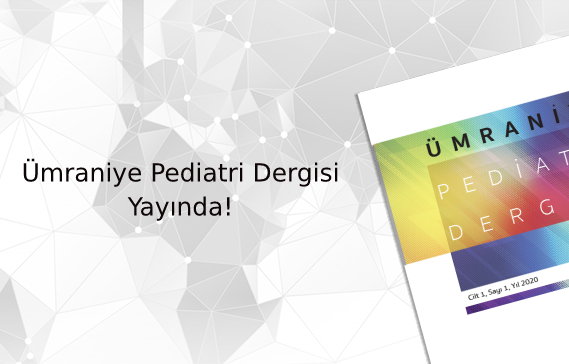2İstanbul Sağlık Bilimleri Üniversitesi Başakşehir Çam ve Sakura Hastanesi, Çocuk Kardiyolojisi Anabilim Dalı, İstanbul, Türkiye
Özet
Amaç: Majör advers olaylar (MAO) pediyatrik kalp cerrahisi operasyonlarından sonra görülebilir ve mortalite ile morbiditeyi olumsuz olarak etkileyebilir. Bu çalışmada, operasyon sırasındaki serebral near-infrared spektroskopi (NIRS), laktat ve mikst venöz oksijen (MVO) değişikliklerinin MAO’yu öngörmedeki etkisinin değerlendirilmesi amaçlandı.
Gereç ve Yöntemler: Bu çalışma, 01 Şubat 2022-01 Haziran 2022 tarihleri arasında pediyatrik kardiyak yoğun bakım ünitesinde izlenen ve pediyatrik kalp cerrahisi operasyonu geçiren olgular üzerinde gerçekleştirildi. Ani kalp durması/ölüm, planlanmamış yeniden ameliyat ve düşük kalp debisi sendromu MAO olarak tanımlandı. Olgulardaki operasyon sırasındaki serebral NIRS, laktat ve MVO değerlerinin ve oranlarının MAO’yu tahmin etmedeki rolü araştırıldı. Sonuçlar istatistiksel olarak değerlendirildi.
Bulgular: Çalışma döneminde 130 olgu (%50’si erkek) mevcuttu. Median yaş 4 ay (IQR 1-7 ay) idi. Olguların %16,9’unda MAO saptandı. NIRS değerinin operatif dönemde %30’dan fazla değişmesi (AUC 0,84 duyarlılık %65, özgüllük %85, pozitif prediktif değer %90) ve MVO/laktat değerinin <5 olması (AUC 0,72 duyarlılık %76, özgüllük %82, pozitif prediktif değer %88) MAO olabileceğini güçlü bir şekilde tahmin etmekteydi.
Tartışma: Operasyon sırasındaki %30’dan fazla serebral NIRS değişikliği ve MVO/laktat oranının beşten küçük olması MAO gelişiminin tahmin edilmesi konusunda yardımcı olabilir.
2Department of Pediatric Cardiology, Istanbul University of Health Sciences Basaksehir Cam and Sakura Hospital, Istanbul, Türkiye
Abstract
Objective: Major adverse events (MAE) that may occur after pediatric cardiac surgery increase the risk for mortality and morbidity. In this context, the objective of this study is to assess the prognostic value of perioperative cerebral oxygen saturation levels measured by near-infrared spectroscopy (NIRS-ScO2) and lactate and mixed venous blood oxygen saturation (MVO) levels in predicting the development of MAE after the surgery.
Material and Methods: The study population consisted of the patients who underwent pediatric cardiac surgery and were followed up in the pediatric cardiac intensive care unit between February 1, 2022, and June 1, 2022. MAEs include sudden cardiac arrest/death, unscheduled emergency re-operation, and low cardiac output syndrome. The roles of NIRS-ScO2, lactate, and MVO levels during the surgery in predicting MAE were investigated. The results were evaluated statistically.
Results: The study sample consisted of 130 patients, of whom 50% were male. The median age of the study sample was 4 (interquartile range: 1–7) months. MAE was detected in 16.9% of the cases. More than 30% change in theNIRS-ScO2 levels in the operative period (area under the curve [AUC]: 0.84, sensitivity 65%, specificity 85%, and positive predictive value [PPV]: 90%) and a MVO/lactate ratio<5 (AUC: 0.72, sensitivity 76%, specificity 82%, and PPV 88%) were determined to be strongly predictive of MAE.
Conclusion: More than 30% change in the perioperativeNIRS-ScO2 levels and an MVO/lactate ratio <5 can be used to predict the development of MAEs.






 Hatice Dilek Özcanoğlu1
Hatice Dilek Özcanoğlu1 





